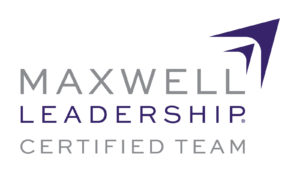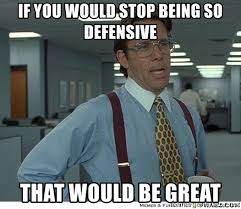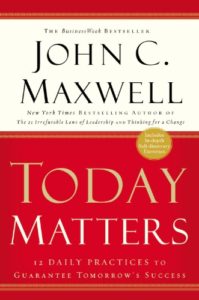
People don’t want to buy a quarter-inch drill. They want a quarter-inch hole. – Theodore Levitt
It all started innocently enough with a text from my daughter sending me a picture of a beagle puppy. “She belongs in our family,” she exclaimed. “Isn’t she cute?” she insisted. This was her subtle way of saying that this “cute” puppy didn’t belong in her home with her husband and her kids, but rather in mine. What could possibly go wrong?
Against my better judgment, this firehose of a puppy whom we named Lucy, came to live in our home. And just like that, disruptive forces were unleashed.
Perhaps my routines and settled ways of living were severely taken for granted, but suddenly everything changed – like sleep patterns, meal time, quiet evenings, etc. Lucy was and at times remains a disruptive force to be reckoned with.
In leadership, you will have times of disruption. There’s really no escaping it. And when it happens, how you handle it matters. When disruptions occur, perhaps you should invoke what I call the L.U.C.Y. approach.
Lean into the disruption.
Many variables are likely at play when disruptions happen in your organization or to you personally. Often, disruptions are simply manifestations of other underlying issues at hand. While there can be things you don’t see or choose to ignore, disruptions in leadership need to be assessed. Lean in and get perspective.
Understand the disruption.
Once you lean in and figure out what’s behind the disruption you’re experiencing, it’s now time to understand how and why you got to this place in time. The greater your understanding the better you can lead. But also know this – not all disruptions are bad and can actually serve a greater purpose if you allow it.
Clarify the challenges
Often in leadership, the root causes of disruptions are never addressed. Perhaps it’s just easier to look the other way or pretend the problem doesn’t exist. Obviously, that’s not good leadership, but it’s a default approach for many leaders. But in moments of disruption a leader needs to bring clarity to the situation, not denial. Once you lean in and understand the disruption that’s taking place you can now bring clarity as to how you’re going to handle it.
You set the tone
As a leader, you set the tone for your organization. Will disruptions within your organization occur? Yes. Will you have to contend with disruptive personalities? Yes. But as the leader, it’s up to you to set the tone that others will follow. Understanding your role and having this perspective at the forefront of your leadership mindset is critical to your success and the success of your team.
Final Thoughts
John Maxwell was right when he said, “There is strength in numbers, but organizing those numbers is one of the great challenges.” What disruptions are you facing today? How are you responding to them?
©2023 Doug Dickerson






 In teachable moments that you have – especially with mentors and those with more knowledge and experience, one sure sign of not being teachable is that you become defensive. And what happens plays out like this: you defend yourself rather than listen; you justify your actions and behaviors rather than correct them, and you put up walls. So long as you are defensive and not teachable, you forfeit the opportunity for a teachable moment and to be a better leader.
In teachable moments that you have – especially with mentors and those with more knowledge and experience, one sure sign of not being teachable is that you become defensive. And what happens plays out like this: you defend yourself rather than listen; you justify your actions and behaviors rather than correct them, and you put up walls. So long as you are defensive and not teachable, you forfeit the opportunity for a teachable moment and to be a better leader.


 important, everything seems equal. We become active and busy but this doesn’t actually move us any closer to success. Activity is often unrelated to productivity, and busyness rarely takes care of business.” And this is such a necessary thing to learn in leadership.
important, everything seems equal. We become active and busy but this doesn’t actually move us any closer to success. Activity is often unrelated to productivity, and busyness rarely takes care of business.” And this is such a necessary thing to learn in leadership.

